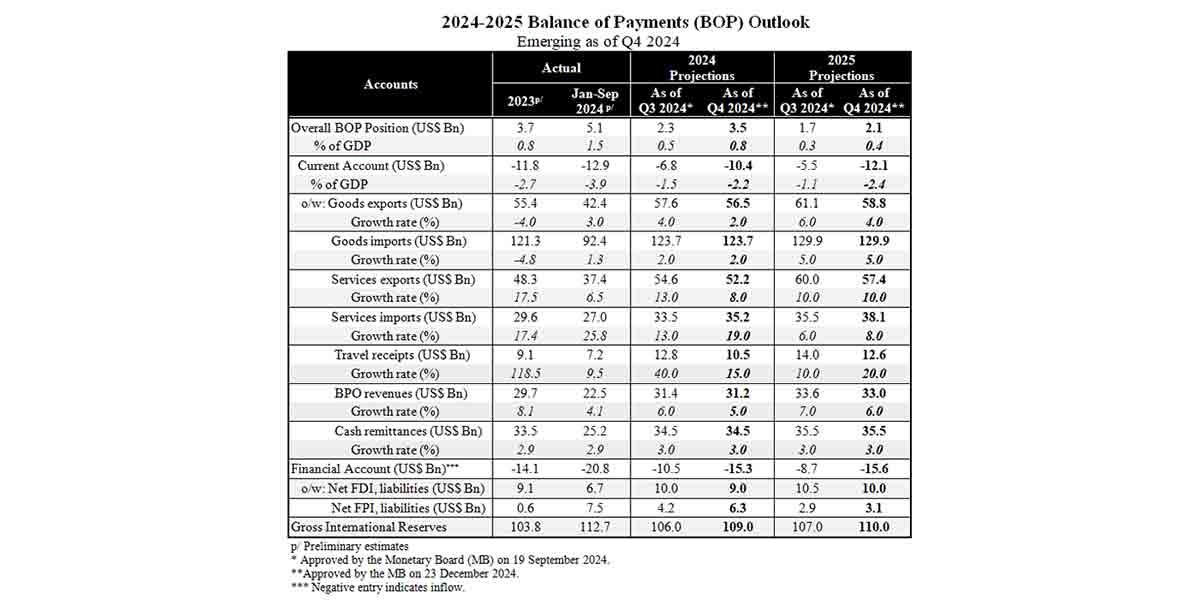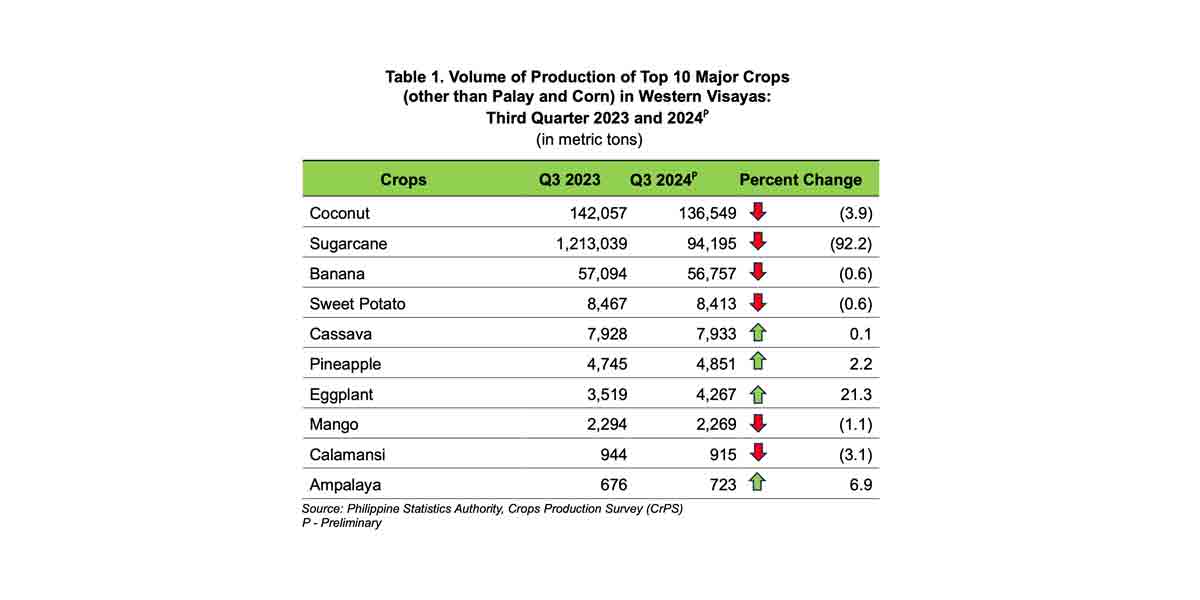By Herbert Vego
WHEN Judith comes, the unprepared homeowners may not be happy.
“Judith” has become synonymous with “due date” for payment of utility bills. Let me cite examples of customers’ reactions as posted in social media.
Ivan says, “Daw ga-amat-amat na gua ang true color n’yo haw?”
“Grabe na gid pagtaas sang kuryente. Sang una barato,” writes Christine.
This one is from Susana: “Dugay-dugay brownout. Tapos, pag abot sang balayran grabe ka taas.”
Are they correct in blaming the distribution utilities (DUs) for the rise in prices of electricity? The DUs are the networks that convey electricity all the way to the households. Among them are MORE Electric and Power Corp. (MORE Power) and the three branches of the Iloilo Electric Cooperative (ILECO)
The DUs are clearly the wrong targets of the customers’ ire over higher billings this month. As this column has repeatedly said, no less than MORE Power President Roel Z. Castro has worked hard to keep the power rates down, in effect resulting in the expansion of the number of customers from 62,000 to 87,000 in two years and a half.
As I previously wrote, the lion’s share of the bill issued by the DU does not go to the DU itself. For further enlightenment, I am citing a portion of my radio interview with MORE Power’s Vice President for Corporate Planning, Niel V. Parcon. An accountant, he is in charge of keeping the company’s power rates as affordable as possible.
I asked him to comment on the news that MORE Power was increasing its residential electricity rate by P3.34 per kilowatt-hour – or from P9.14 to P12.48 per kWh. By the way, other DUs now impose much higher rates.
“It’s because of higher generation charges,” he said, “In fact, MORE Power gets only 15 percent of the billed amount. Around 60 percent of the collected amount goes to power generators.”
“What?” I asked. “Are you saying that for every peso that we consumers pay, MORE Power earns only 15 centavos?”
“Yes,” he answered, adding that the DU acts as a pass-through collecting agent for other service providers.
Therefore, the bill that a homeowner receives from a DU comprises the generation, the distribution and transmission charges, plus system’s loss and taxes, among other fees.
Transmission is the function of the National Grid Corporation of the Philippines (NGCP), which transmits power from the generators to the DUs.
Parcon explained that MORE Power had made use of the competitive selection process, a bidding system that enabled it to ink the most cost-saving contracts with Sem-Calaca Power Corp. of Batangas, the KEPCO Power Corp. of Cebu and the Energy Development Corporation (EDC) of Leyte. The first two are coal-powered; the third, geothermal.
It is unfortunate that its most favorable contract for geothermal energy with the Power Sector Assets and Liabilities Management (PSALM) Corporation has expired. But Parcon recalled that in the past 14 straight months, MORE customers were paying the lowest cost, starting in July 2021, when MORE Power rates nosedived from P11 to P6.45 per kWh.
However, such renewable energy now contracted with the EDC is no longer available at the old price, and only limited to 20 megawatts. Therefore, all DUs have no choice but rely mainly on coal-fired power plants.
Alas, the average price of coal in the world market has jumped from US $60 to $405 per metric ton, indicating a 575% increase.
I lamented that Semirara Mining Corp., based in Semirara Island in Caluya, Antique, could not play “hero” by selling its coal at reduced prices to local power generators.
“It’s the law of supply and demand at work,” Parcon remarked, alluding to trade and production disruptions caused by the Russian invasion of Ukraine and the inflation of the peso against the US dollar.
Another “cushion” that DUs resort to is participation in the Wholesale Electricity Spot Market (WESM), which is the centralized venue for buyers and sellers to trade electricity at current prices based on actual use (demand) and availability (supply).




















